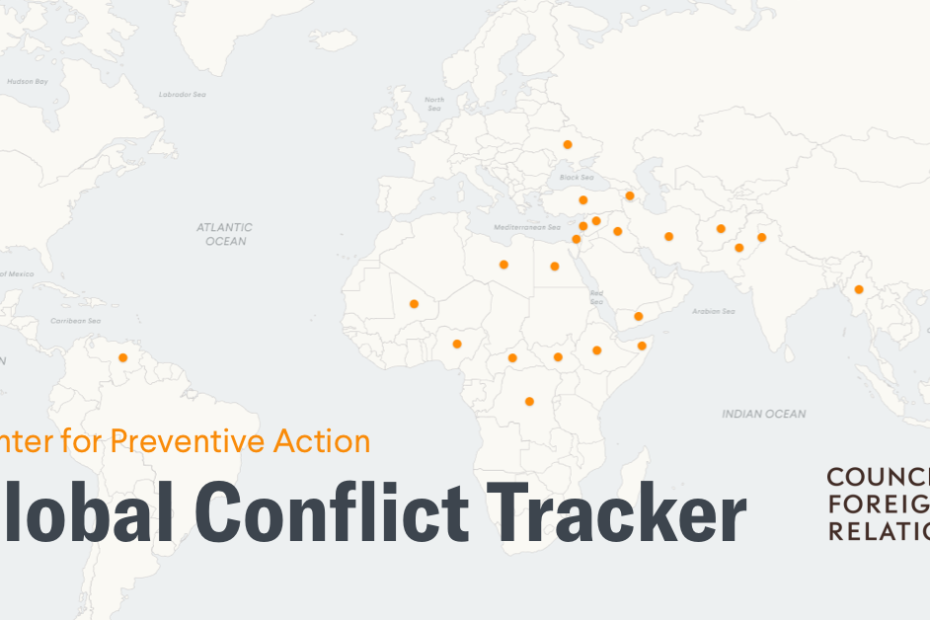Global Conflict Overview: In today’s world, it can feel like global conflicts are everywhere. We hear of rising tensions, border disputes, and cultural clashes. These conflicts might be thousands of miles away. But they can affect us here sometimes in ways we don’t notice.
What do we mean by global conflict? It’s not wars fought on battlefields. Conflicts occur in politics, markets, and digital spaces. A political dispute over territory or resources can disrupt trade routes. It can hurt economies worldwide. You might not feel the immediate effects. But a global conflict tracker will show you. Events in one region can ripple outward.
So, why does this matter? Current wars causes and impacts show why peace efforts are complex. Knowing the reasons behind these conflicts helps us. It explains why some solutions work and others don’t. This article explores global conflicts’ causes and effects. It will clarify the true situation.
Thank you for confirming. I’ll proceed with the first section. I’ll follow the details in the instruction file. Here’s Section 1: The Definition and Nature of Global Conflict. It has a clear, conversational tone with short, concise paragraphs. It incorporates the primary and secondary keywords in a way that feels organic.
Table of Contents
1. The Definition and Nature of Global Conflict
Global conflict can mean different things depending on the type of disagreement. Some conflicts are about political power. Others are about economic interests. Some involve cultural or religious clashes. These conflicts don’t just involve two parties. They often impact many countries. That’s why they’re called “global.”
A global conflict is, at its core, any dispute that spreads beyond one region or nation. It pulls in various groups, alliances, or ideologies. These conflicts can happen in various forms. Some are military conflicts where countries engage in physical warfare. Others are economic battles, like trade wars or sanctions. They affect trade and influence economies across continents.
Think of conflicts like ripples in a pond. A fight for resources or land can cause alliances to form. It can shift markets and affect populations. A global conflict tracker would show these ripple effects. It would make it easier to see how interconnected these issues are.
Conflicts also differ in their goals and methods. For example, ideological conflicts are about governance. They often pit democracy against authoritarianism. These disputes can be about more than just territory. They can be about values and rights. These conflicts often fuel political and economic tensions. They impact the economy and human rights.
Global conflicts, from military clashes to ideological struggles, are complex. Knowing their various forms helps us understand this. Each type has its own causes and impacts. So, global conflicts are among the most complex challenges for modern societies.
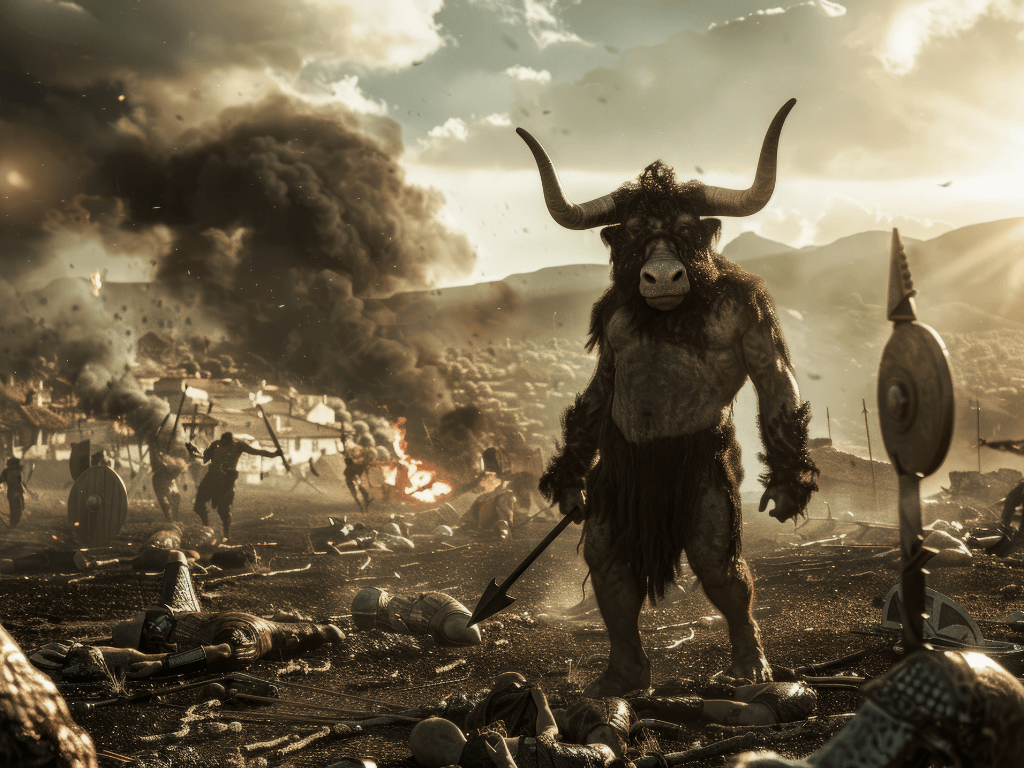
2. Historical Overview of Global Conflicts
Global conflict has a long history. It shapes how nations interact today. Some defining moments in modern history stem from multi-country conflicts that affected millions. World War I and World War II are prime examples. Conflicts over borders, resources, and ideologies drew in countries worldwide.
World War I began as a regional conflict but quickly escalated into a truly global war. Alliances meant that when one country went to war, others had to join. In what ways was World War I truly a global conflict? The answer lies in the alliances and colonial empires. They pulled people from Asia, Africa, and the Americas into battles far from home. This war reshaped borders and introduced new weapons. It left deep scars across Europe.
After a brief peace, World War II erupted. It involved more countries and caused mass destruction. This conflict was not about land. It was a fight of ideologies—fascism vs. democracy—and of power. WWII’s outcome redefined the global order. It led to the Cold War and created the UN. The UN aimed to prevent future large-scale conflicts.
The post-WWII period saw a rise in regional conflicts. Many people tied themselves to the legacies of colonialism. Former colonies in Africa, Asia, and the Middle East sought independence. This led to wars and disputes regarding the newly drawn borders.
The Cold War split the world into two blocs. Countries aligned with either the U.S. or the Soviet Union. This period saw proxy wars. Superpowers supported opposing sides in conflicts like the Vietnam and Korean wars.
By the 21st century, global conflicts shifted from wars to complex disputes. These included terrorism and cyberwarfare. Modern conflicts often stem from ideological clashes, resource scarcity, and ethnic tensions. This history shows how global conflicts evolve. They shape today’s international relations and hint at future disputes.
3. Current global conflicts and geopolitical tensions
Today, many global conflicts and tensions exist. Each has unique causes and far-reaching effects. In Europe, the Ukraine-Russia conflict is one of the most prominent examples. This war impacts not just the two countries. It also affects energy supplies, trade routes, and security across Europe and beyond.
Nations in the region and their allies are watching these developments. Sanctions and military aid are now common responses. A global conflict tracker shows how rapidly tensions can spread.
In the Middle East, long-standing conflicts persist. This includes Syria, Yemen, and Israel-Palestine. These conflicts often revolve around deep-rooted historical grievances, religious divides, and territorial disputes.
The Syrian civil war has caused immense suffering. It has also drawn in powerful, opposing allies. These alliances create a web of political and military interests. Global powers like the United States and Russia play influential roles.
Asia faces tensions, especially in the South China Sea. Territorial disputes there put China at odds with Vietnam and the Philippines. This area is crucial for trade, and many nations rely on its shipping routes.
The disputes aren’t about land. They’re about power and control over strategic waterways. As these countries clash, their allies get involved. The South China Sea is now a global concern.
The rise of cyber warfare adds another layer to modern conflicts. Cyberattacks let nations disrupt each other’s infrastructure without war. Countries are now making large investments in cyber defense.
They want to protect against data breaches, espionage, and attacks on critical systems. This conflict is often invisible. But its impact is real and growing. It affects government, business, and daily life.
Along with military and political disputes, ideological conflicts shape today’s global tensions. The struggle between democracy and authoritarianism is strong. Nations are aligning with different political systems.
The U.S. promotes democracy. Other countries favor a centralized, authoritarian model. These differing governance philosophies can cause trade sanctions, diplomatic standoffs, and proxy wars.
Today’s connected world means a conflict can quickly spread globally. Countries use economic sanctions, trade restrictions, and fluctuating markets to apply pressure.
Today’s wars and tensions can clarify the issues that shape global policies.
4. Underlying Causes of Global Conflicts
Global conflicts don’t happen by accident. They often stem from deep-seated issues that have built up for years, even centuries. These conflicts usually have a few main causes. They are: competition for resources, ideological differences, old grudges, and cultural divides.
Each cause has its own impact. It often triggers a chain reaction that spreads tension across borders.
One major cause is resource competition. As populations and economies grow, nations fight for resources: water, oil, and minerals. The country that controls these resources can dominate others. This causes tension.
In the Middle East, oil conflicts have created wealth and division. This has made the region a hotspot for global disputes.
Economic issues are another driving force. Economic conflicts often start with global market competition. Countries want to protect their industries and gain trade advantages. This can cause sanctions, tariffs, and trade wars.
They disrupt supply chains and strain international relations. These issues are often less visible than military conflicts. But they have a significant impact on global markets and economies.
Cultural and religious differences have long been sources of conflict. In many regions, strong beliefs tie people’s identities. When those beliefs clash with others, it can lead to violence. This is common in areas with a long history of religious division, like parts of the Middle East. Disputes over faith add to complex political situations.
Then there’s ideological conflict. When countries with different political systems—like democracy and authoritarianism—collide, tensions rise. These differences often spark proxy wars or diplomatic disputes. Each side supports allies that share their beliefs. It can make the world feel divided. Countries form opposing blocs.
Lastly, territorial disputes are a frequent cause of conflict. Disagreements over land can lead to violence, especially when borders are historically unstable. Kashmir is tense. Both sides have a long history and strong land claims.
These causes help us understand today’s wars and the challenges in finding peace. Recognizing these root causes is the first step. It helps us understand why these conflicts are so hard to resolve.
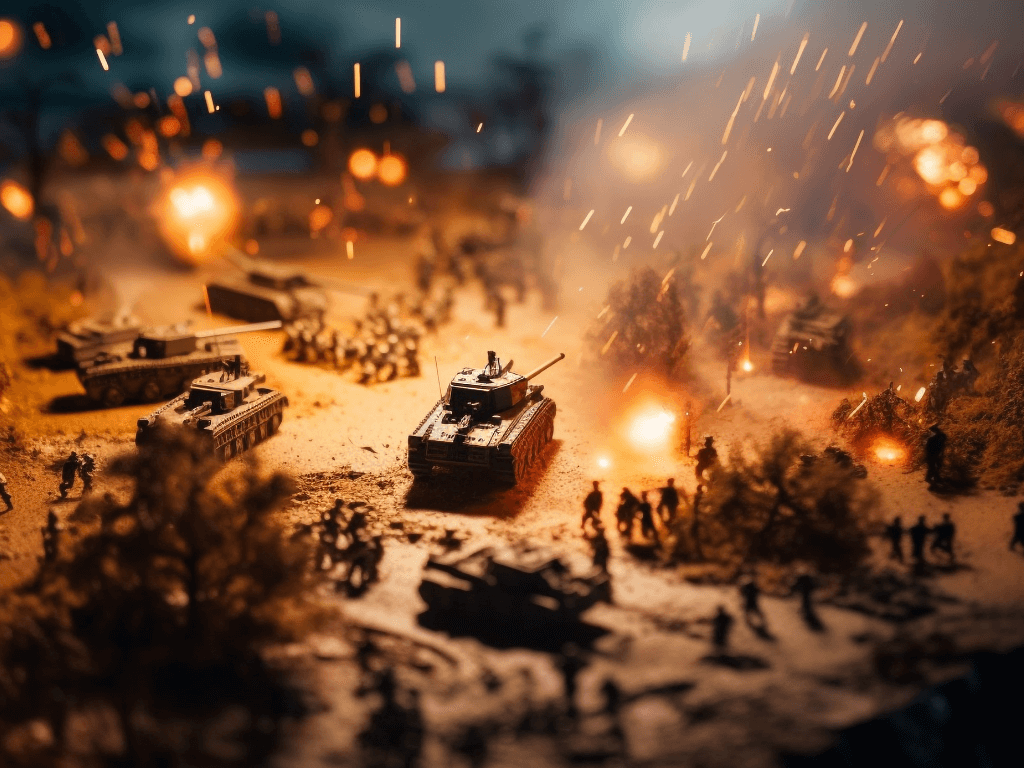
5. The Role of International Organizations and Diplomacy in Mitigating Conflicts
In global conflicts, international organizations and diplomacy are key. They manage and, ideally, resolve disputes.
Groups like the UN, NATO, and regional alliances often are the first responders. They step in to ease tensions and provide a neutral platform for negotiation. Their aim? To prevent conflicts from escalating and to find solutions that work for all.
The UN, for example, uses several tools to help maintain peace. The organization sends troops to conflict zones via peacekeeping missions. They help stabilize areas and protect civilians.
The UN uses sanctions and diplomacy to deter aggression by some nations. It aims to bring them to the negotiating table without military intervention. However, these methods may not work in complex conflicts. It depends on the parties’ willingness to cooperate.
NATO is a military alliance of North American and European countries. It often plays a security role in conflicts involving its member nations. NATO’s main goal is defense. It often supports global peace efforts. For instance, NATO might train local forces or aid in humanitarian missions. This could help restore stability in conflict-ridden areas.
Regional groups, like the African Union (AU) and the EU, aid peace efforts in some areas. These organizations often have a unique grasp of the local dynamics. This can be invaluable for resolving conflicts.
The EU has worked to prevent conflicts in Eastern Europe and the Balkans. It has used diplomatic efforts and development programs to strengthen governance and economic resilience.
Diplomacy is another key tool in the quest for global stability. Countries can discuss their issues through negotiations. A neutral party often facilitates the talks. Diplomatic efforts can include peace treaties or confidence-building measures.
These encourage dialogue and transparency. Successful diplomacy can bring lasting peace. It shifts countries from confrontation to cooperation.
Despite these efforts, there are many challenges. Countries often struggle to agree due to political, economic, and historical conflicts. Even in the UN, differing views among powerful members can create obstacles. Yet, these groups and their diplomatic efforts are vital. They help reduce the risks of current wars and support a global peace framework.
6. The Economic Impact of Global Conflicts
Global conflicts don’t only shift politics; they harm economies. When countries go to war or face prolonged tensions, it’s not only governments that feel the strain. The fallout can surprise and affect businesses, communities, and individuals worldwide.
A global conflict immediately destroys infrastructure. Roads, factories, and ports are often damaged or destroyed. This harms industries and supply chains. This disruption leads to higher costs for goods and services. Conflict in a key trade area, like the South China Sea, can disrupt oil production. This can raise prices worldwide, hurting everyday consumers.
Conflicts also create uncertainty in markets. Investors are often wary of unstable regions. Businesses may withdraw or pause operations. This pullback can lead to unemployment and economic slowdowns in conflict areas. Global markets can become volatile. Stock prices can fluctuate based on news from war-torn regions.
Trade restrictions and sanctions are common economic tools used in response to conflicts. These measures aim to pressure governments to comply or negotiate. But they often hurt ordinary people.
If countries restrict trade with a warring nation, essentials could get very expensive. Sanctions on oil-exporting countries can raise global fuel prices. This affects everything from travel to food costs.
Refugee crises are another economic consequence of conflict. When people must flee their homes, neighboring countries often bear the cost. Shelter, healthcare, and education for displaced individuals require huge resources. This can strain local economies. These costs are not only financial. They are social too, as host countries work to integrate new populations.
Global conflicts also divert government spending. In war, funding often shifts from social programs to defense. This can slow a country’s development. Resources go to the military, not education, healthcare, or public services. This shift affects the conflict-affected regions and their trade and political partners.
Global conflicts hurt the economy. So, we must seek peace. Prolonged conflicts can have long-lasting financial effects. They can harm economies far from the conflict zones.
7. Technological Influence on Global Conflict Dynamics
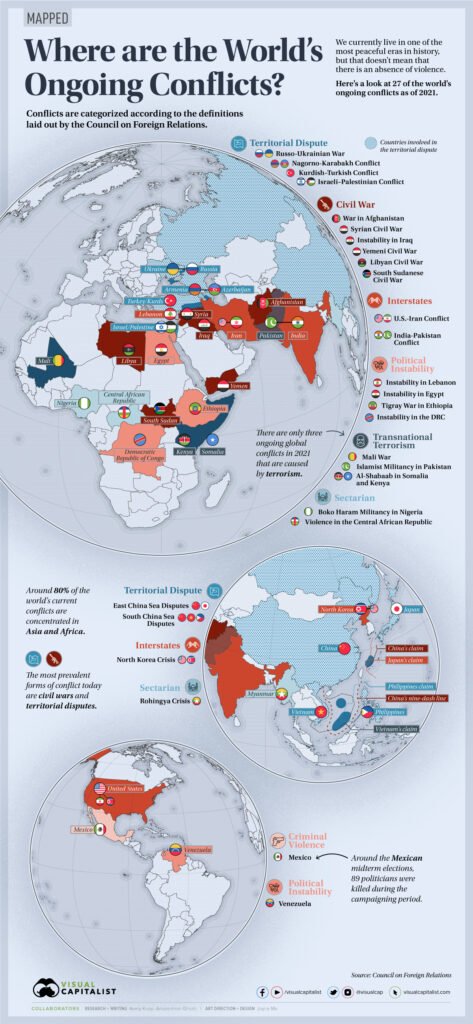
In today’s world, technology plays a huge role in how conflicts unfold. Modern conflicts, from cyber warfare to social media, are different from a decade ago. Technology isn’t just a tool for communication or trade. It’s now a weapon that nations use to gain an edge.
One of the most significant changes in recent years has been the rise of cyber warfare. Unlike traditional battles, cyber warfare doesn’t rely on soldiers or physical weapons. Instead, countries use hackers and sophisticated software to attack each other’s systems.
These attacks can target infrastructure, steal sensitive information, or disrupt government operations. A compromised power grid or financial system harms a nation. The impact is immediate, affecting both citizens and the economy.
Artificial intelligence (AI) and drones have also transformed warfare. AI lets nations quickly process and analyze vast amounts of data. They can then make informed decisions faster. Drones, on the other hand, allow for precision strikes without risking soldiers’ lives. Unmanned warfare has made conflicts less predictable and, at times, more destructive. Drones and autonomous weapons can reach remote areas.
Social media is another tool shaping global conflict. In the past, wars or disputes were reported by official sources or news organizations. Now, anyone with a smartphone can share updates. This creates real-time coverage from those on the ground.
While this makes information more accessible, it also leads to challenges. Misinformation and propaganda can spread quickly, influencing public opinion and government responses. Now, conflicts are fought in people’s minds, not just on the ground or in cyberspace. Social media’s influence is the reason.
Countries know of these tech shifts. Many are investing in cybersecurity and digital defense. Governments are forming cyber defense teams to protect their networks from attacks.
Some countries train citizens and businesses to spot and prevent cyber threats. Countries’ concerns about tech risks explain their focus on cybersecurity.
Overall, technology has added a new layer of complexity to global conflicts. These tools let nations wage war without a battlefield. This makes conflicts harder to detect and manage. As technology advances, it will likely affect global conflicts. This will make it harder to achieve peace and security worldwide.
8. Humanitarian Consequences of Global Conflicts
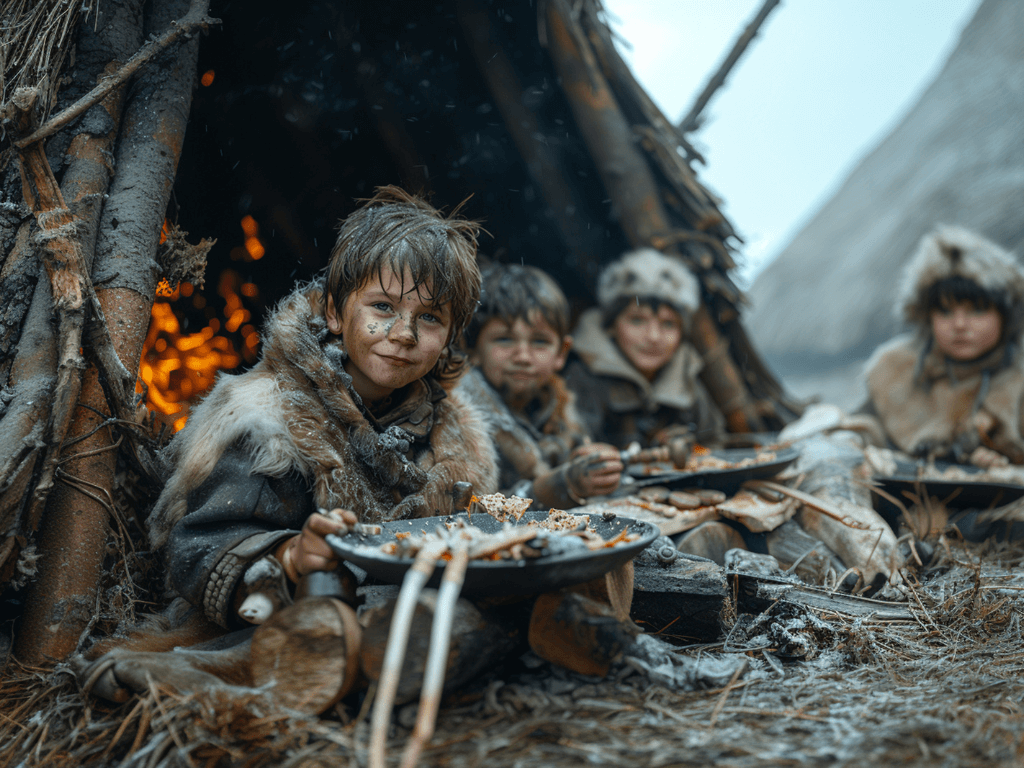
The impact of global conflicts goes beyond borders and battlefields. For millions, these conflicts mean a daily fight for survival, safety, and human rights. The effects are often devastating. They include loss of life, displacement, and lasting trauma for survivors.
One of the most immediate effects of conflict is the displacement of people. Prolonged conflicts often cause refugee crises. They force families to flee their homes for safety.
They often end up in refugee camps with limited resources. These include clean water, food, and healthcare. Host countries provide shelter but face immense strain on their resources. This impacts both the refugees and local communities.
Global conflicts also lead to significant human rights abuses. In many war zones, civilians face violence. This includes forced labor, trafficking, and torture. Children in conflict areas are especially vulnerable. Many lose access to education and healthcare.
Some are even forced to become child soldiers. These human rights violations harm individuals and scar communities. They make recovery difficult, even after the conflict ends.
Healthcare systems are also significantly impacted by conflicts. Hospitals and clinics in conflict zones often lack medical supplies, staff, and funding. When the destruction or overwhelming of healthcare facilities occurs, people cannot get care.
This leads to higher death rates and disease outbreaks. The collapse of healthcare means conflict survivors may face long-term health issues. They will have no support.
Another serious consequence is the mental health impact of war. Conflict survivors often suffer lasting trauma. It can cause PTSD, anxiety, and depression. Mental health care is often limited in these areas. This leaves people without resources to cope with the toll on their minds. The effects are especially harsh on children. Violence and loss can harm their development.
The humanitarian effects of global conflicts are complex and far-reaching. These impacts don’t end when the fighting stops. They continue for years as communities struggle to rebuild and heal. Conflicts cause a humanitarian crisis. This shows the need for peacebuilding and support for affected people worldwide.
9. The Role of Media and Public Perception in Global Conflicts
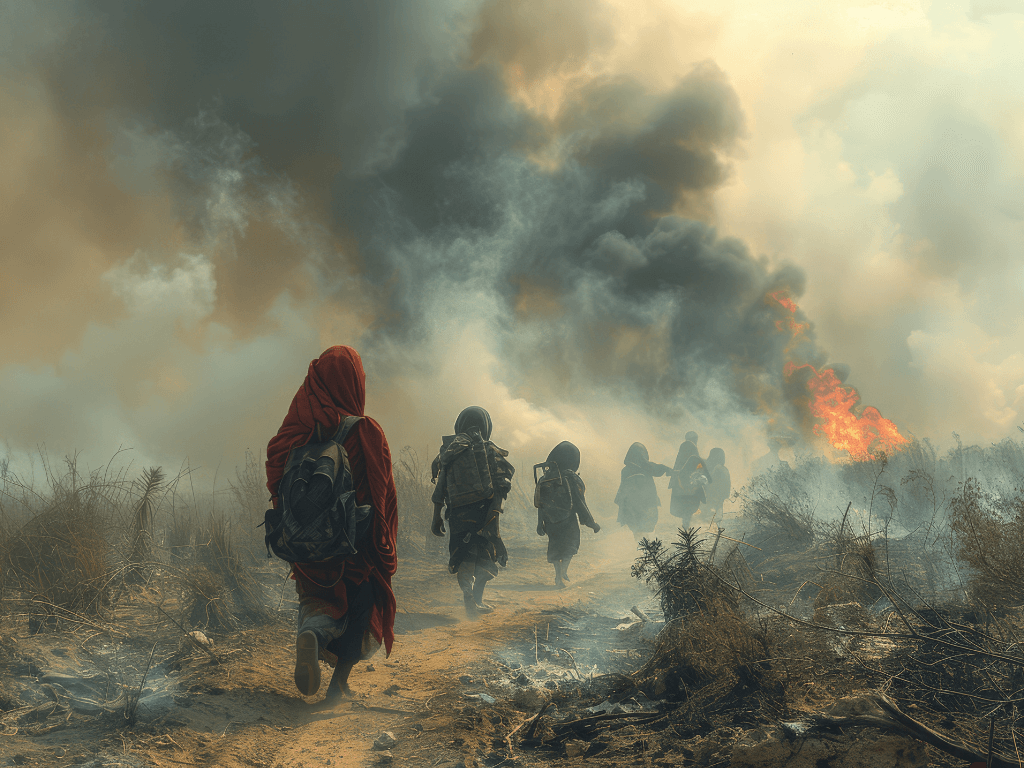
In today’s world, media plays a powerful role in shaping how we view global conflicts. News outlets, social media, and websites often provide the main information on conflicts. They make it easy for people to stay informed. But the media does more than inform. It influences public opinion and government responses, often in unexpected ways.
Social media has transformed the reporting and understanding of conflicts. Platforms like Twitter and Facebook let people share their experiences with the world. This direct access to information can raise awareness and empathy.
But it also carries risks. These platforms spread misinformation and propaganda quickly. This can confuse or bias users. False stories can sway public opinion and affect views on a conflict.
Traditional news media also play a role, especially in framing conflicts. Framing a conflict can affect support for intervention. Is it a political dispute or a humanitarian crisis? For example, media coverage of civilian suffering often pressures governments to act. But, when the media focuses on politics or the economy, it can reduce interest in humanitarian aid.
Media narratives often shape public perception. They can impact foreign policy decisions. Governments often watch public opinion. Strong support for or against intervention can influence their actions.
For example, a refugee crisis may boost support for aid. But stories about economic impacts could lead to sanctions or diplomatic action.
But the influence of media is a double-edged sword. It can raise awareness but also polarize opinions. People tend to follow sources that align with their beliefs. This polarization can make it hard to see conflicts from many viewpoints. It reinforces biases and hinders finding balanced solutions.
The media’s role in global conflicts is complex. It informs and influences, but can mislead. It shapes public perception and the global response to conflicts. Understanding media’s power can make us more critical of the information we consume. It can also raise our awareness of how it shapes our view of global conflicts.
10. Potential Future Conflicts and Global Trends
Studying today’s global conflicts can help us predict future tensions and trends. They may shape those conflicts. Many of these new issues stem from ongoing challenges. These include resource scarcity, power struggles, and environmental changes. By understanding these trends, we can prevent conflicts before they escalate.
One of the biggest drivers of future conflict is likely to be resource scarcity. As populations grow and resources shrink, countries may compete for water, food, and energy.
In resource-limited areas, like parts of Africa and the Middle East, competition for water and land may cause tension. If unaddressed, these issues may lead to territorial disputes or wars.
Climate change is another factor that will likely impact global stability. Rising sea levels and extreme weather are displacing communities. They are straining resources, too. Climate change is to blame.
For example, climate change may reduce crop yields in some areas. This could force people to migrate in search of better living conditions. Such migrations can strain resources in neighboring areas. This may lead to conflicts between locals and newcomers.
The rise of technology in warfare is also reshaping the landscape of global conflict. Cyberattacks, AI, and autonomous weapons are growing more advanced. They provide new ways for nations to compete without war.
Nations may use cyberattacks to disrupt each other’s infrastructure and control information. They may also meddle in elections. This new form of conflict is less visible but can be just as damaging. So, many governments now rank cybersecurity.
In addition to these trends, shifts in global power could lead to new alliances and rivalries. The world is shifting from a US-led, unipolar system to a multipolar one. China, Russia, and other nations are gaining influence.
As these power shifts continue, countries may realign their alliances. New blocs may challenge traditional power structures. It can cause conflicts if superpowers back opposing sides in disputes.
Ideological divides will likely cause tension. Countries promote different political and economic systems. Democracies and authoritarian regimes often have conflicting values. This leads to clashes over human rights, trade, and governance. These divides can cause lasting friction. Each side tries to expand its influence. They use diplomacy, trade, or support for allies.
By recognizing these possible future conflict sources, the world can take preventive measures. Working together on climate change, resource management, and cybersecurity could ease tensions. As the world becomes more connected, the need for diplomacy will grow. So, we must prevent conflicts.
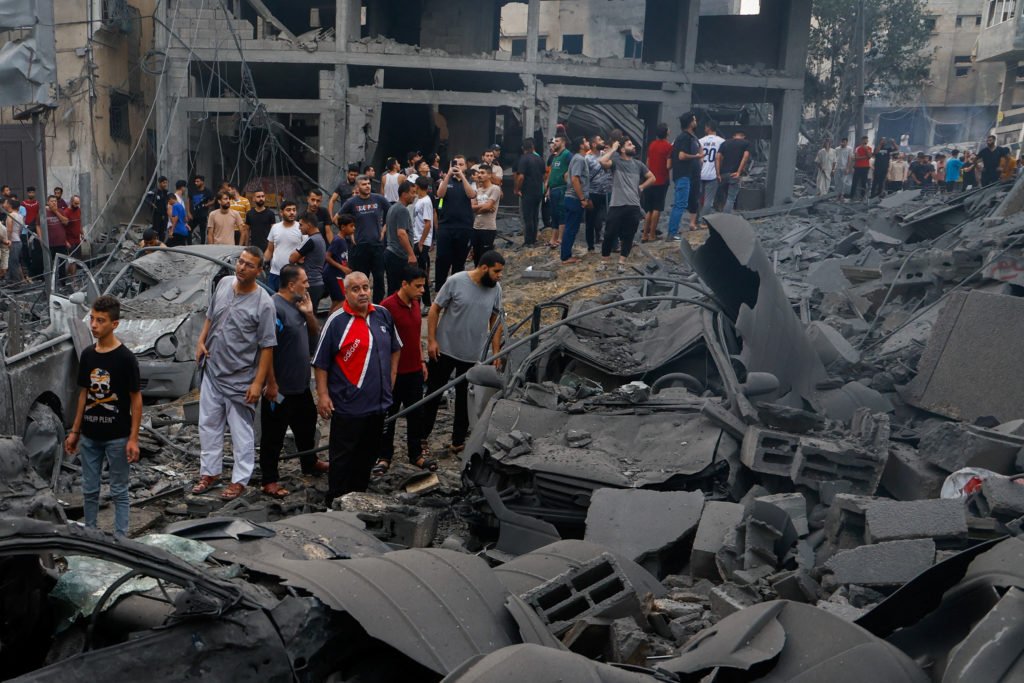
Tracking Historical and Modern Global Conflicts
Understanding global conflict means looking at both history and the present. One of the first truly worldwide conflicts was World War I. You might wonder, “In what ways was World War I truly a global conflict?” The answer is in how alliances drew countries worldwide into the fighting.
Colonies in Asia, Africa, and beyond were also drawn in. This showed how interconnected nations had become. Exploring how WWI became a global conflict helps us see the early patterns of worldwide alliances and rivalries.
World War II, sometimes called “the second world wars: how the first global conflict was fought and won,” expanded on this. It wasn’t just a battle of military power but of ideologies, with democracy and authoritarianism clashing. This war shaped how countries manage peace today. Many lessons came from the devastation it caused.
Today, we have tools like a global conflict tracker and a map of wars that show the current wars in the world. These tools let us see countries currently at war and the issues they face. It’s easy to see how different parts of the world are connected. Conflicts, whether political or resource-based, in one area affect others.
Modern conflicts aren’t limited to battles on the ground. We also see conflict global terror and cyber conflicts. The digital world adds a new layer, making it possible to disrupt nations without a single soldier crossing a border.
Knowing about the current wars world-wide, including terror threats and ideological battles, can help us understand the complex challenges that define global conflicts today. The current war in the world.
FAQ of Global Conflict Overview
1. What are the main causes of global conflicts?
Global conflicts often arise from competition for resources. They also stem from ideological, territorial, and cultural or religious differences. A mix of these factors drives many conflicts. This creates complex tensions between nations.
2. How does a global conflict impact the economy?
Global conflicts disrupt trade, increase prices, and lead to economic instability. Conflicts can damage infrastructure and disrupt supply chains. They create uncertainty in financial markets, which hurts economies worldwide.
3. What is cyber warfare, and how does it relate to global conflicts?
Cyber warfare uses digital attacks to harm another country’s infrastructure or data systems. In modern conflicts, it is a growing tool. Nations may attack each other’s information systems as a form of warfare without combat.
4. How does climate change affect global conflicts?
Climate change creates new challenges, like resource scarcity and forced migration. As the world becomes less stable, conflicts may arise over resources, like water and land. This could increase regional or global tensions.
5. Why are some conflicts considered “global”?
Conflicts are “global” when they involve multiple nations or affect the world on a large scale. These conflicts often cross borders due to alliances, trade, or ideology. They affect international relations.
6. How do international organizations help in conflict resolution?
Groups like the UN and NATO work to prevent escalation. They use peacekeeping missions, sanctions, and negotiations. These groups provide neutral ground for discussion. They can help conflicting parties reach agreements.
7. What role does media play in shaping global conflict perception?
Media influences how people understand and respond to conflicts. Coverage can raise awareness, build empathy, or shape opinions. But it can also spread misinformation, affecting public views and policies.
Conclusion of Global Conflict Overview
Understanding global conflicts is crucial in today’s interconnected world. These conflicts over resources, ideologies, or territory have far-reaching effects. They extend well beyond their immediate regions.
Conflicts harm economies, humanitarian conditions, and global power structures. They shape policies, influence markets, and affect millions of lives.
The UN and NATO are key in managing conflicts. They work to prevent escalation and promote dialogue.
But it is hard to address the root causes of conflict. These include resource scarcity and political differences. New technology and climate change are worsening these issues. So it’s crucial to find sustainable solutions.
Understanding today’s wars helps us appreciate the peace efforts. This knowledge keeps us informed. It also supports efforts to build a more stable, cooperative world.
